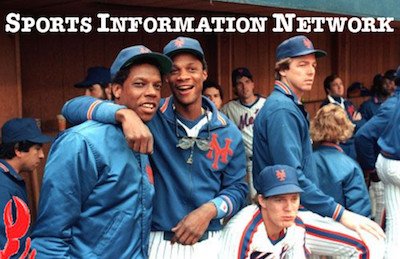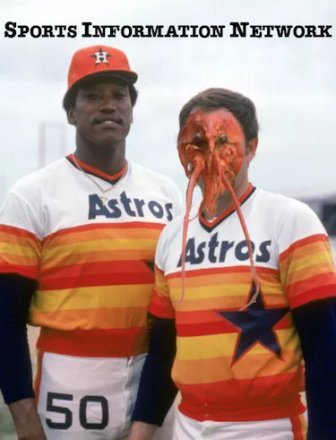 Many don’t stop to think about where baseball gambling numbers come from or how juice affects payouts. Not to mention, Major League Baseball lines in general are a bit confusing when starting off, so here’s a full explanation of how they work and what should be considered beforehand.
Many don’t stop to think about where baseball gambling numbers come from or how juice affects payouts. Not to mention, Major League Baseball lines in general are a bit confusing when starting off, so here’s a full explanation of how they work and what should be considered beforehand.
When visiting recommended online sportsbooks examine the day’s matchups, three standard options are posted for each game: Moneyline
, Runline
and Total
.
Moneyline Example:
Operator A Operator B
Mets -164 Mets -160
Marlins +144 Marlins +150
The examples above may appear similar enough when starting out, but a glaring difference should be noted. Operator A offers 20 cent lines while Operator B lists what is known as dime lines
(10 cent lines).
It may not look like a big deal but it’s a massive difference. So if visiting Operator A above, money is lost on nearly every stake placed, win or lose. This an excellent opportunity to point out it’s crucial to hold multiple accounts if desiring to be a successful professional in this field. It becomes even more important with proposition wagering due to the wildly fluctuating numbers routinely found.
Runline Example:
Pirates +1.5 / -220
Mets -1.5 / +195
Backing runlines requires either favorites win by 2 or more runs, or underdogs lose by 1 run or less (outright victory). Sometimes Alternate Runlines are available which are merely different versions of the above, with unique rules based on location.
Total Example:
Pirates Over 8 / -105
Mets Under 8 / -115
Regarding Totals, it’s the sum of runs both teams combine to score in the game (extra innings included). Numbers continuously fluctuate wildly due to several factors such as pitchers, offensive power, weather conditions, and more. Halves (½) traditionally accompany Totals to avoid pushes.
Advanced Baseball Betting
Available at every major book with the three options above, First 5 lines are identical in nature, however outcomes through the first 5 innings are staked. Runlines will be labeled at -/+ 0.5 instead of the standard -/+ 1.5 used for full game lines. This action routinely takes bullpens out of the equation since relievers typically don’t appear before the 6th inning.
 Inversely, if getting down offshore, second half options are presented as well, not to be confused with in-game possibilities. It’s placed before events commence on either
Inversely, if getting down offshore, second half options are presented as well, not to be confused with in-game possibilities. It’s placed before events commence on either Sides
or Totals
from the 6th on, including extra innings.
Additional alternatives include Team Totals and First Half Team Totals, if only feeling confident about how one team will fare but not both. It’s a straightforward prognostication of either squad scoring over or under specified numbers, with First Half
only counting innings 1 through 5.
Series Bets are another possible option, solely available prior to the first game of the series being played and often listing a deadline for when it must be completed in case of postponements, action simply voided if incomplete.
Action and Listed Bets
When betting MLB, it’s almost always necessary to select either action
or listed
, with the former meaning it’s live even if pitching changes occur. If choosing listed
and a pitching switch transpires, stakes are simply voided. It’s recommended to unfailingly select listed because professionals wouldn’t have placed the same bet if knowing pitchers would be different. Alternatively, some sites automatically cancel all action upon pitching changes so always check house rules ahead of time to confirm policies.
The final option is Grand Salami, disappearing after the day’s first matchup has started, backing combined number of runs for every team playing that specific day. This is a hard one to win, but always good for a few laughs if feeling frisky.


